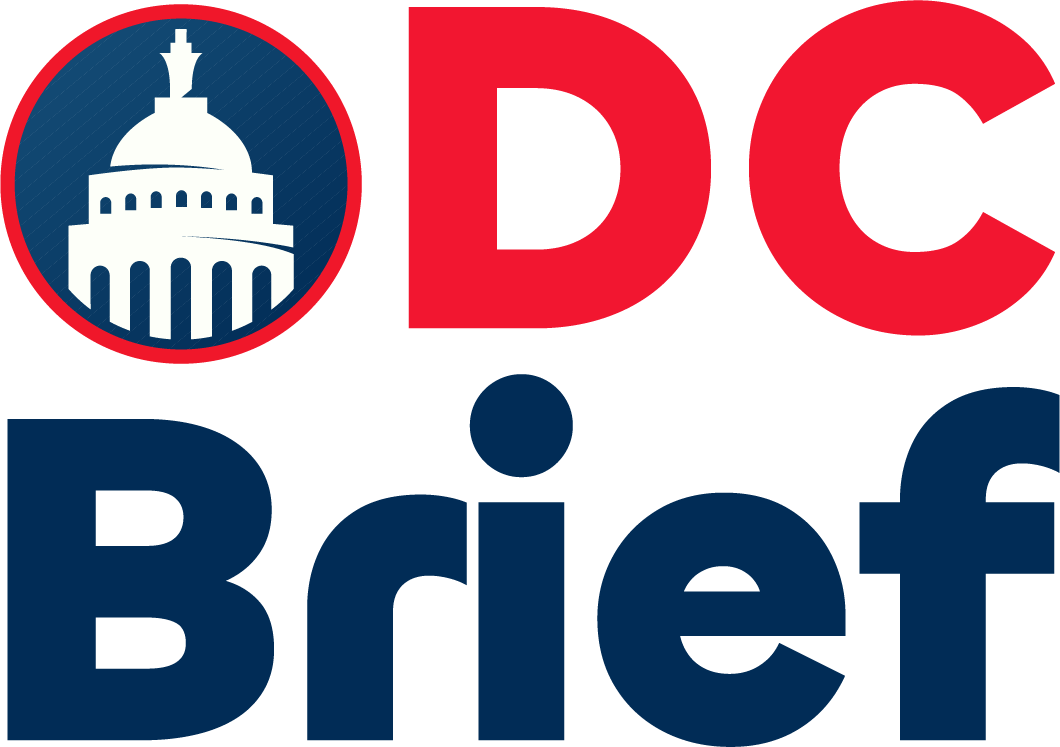The US economy shows steady recovery as Trump’s tariffs continue to shape trade and consumer behavior. A new report on gross domestic product will soon confirm how the economy performed over the last three months. Economists expect a moderate but encouraging outcome.
Most analysts predict US GDP growth will reach an annualized rate of 2.3 percent for the recent quarter. This figure would mark a clear rebound from the previous 0.5 percent contraction. Many believe the number reflects the economy’s strong foundation, even under trade pressure.
Businesses and households have adjusted to tariff-related disruptions. Importers earlier rushed to buy goods before new tariffs started. That surge skewed earlier GDP data by increasing import totals. Now, with fewer incoming shipments, the GDP formula could reflect a slight boost in the growth rate.
Despite these fluctuations, economic activity remains strong. Employers continue to add jobs, although the pace has slowed. The unemployment rate stays close to historic lows. Inflation has inched upward, but it still falls below levels seen earlier in the administration.
Consumer sentiment dipped after the first wave of tariffs. Public confidence dropped to a multi-year low. However, confidence has climbed for two straight months. Experts credit the improvement to job growth and the rollback of some key tariffs.
Consumer spending remains solid. This area accounts for nearly two-thirds of the US economy. Strong household demand helped lift the overall growth rate. The expected US GDP growth reflects this resilience.
Investors now shift focus to the upcoming Federal Reserve interest rate decision. Analysts widely expect the Fed to hold rates steady. The CME FedWatch Tool shows a 97 percent chance of no change. Market watchers believe current conditions support that decision.
Still, some concerns linger. Supply chain problems or new tariff actions could weigh on future performance. Yet, the current momentum suggests the economy can handle near-term challenges.
The expected US GDP growth figure offers a window into how the economy is absorbing the impact of Trump’s trade policies. While tariffs created pressure, they have not reversed the broader growth trend.
For more business updates, visit DC Brief.


